Vulnerability Management: Identifying and Mitigating Security Weaknesses
In today’s rapidly evolving cyber landscape, organizations face a constant risk of cyberattacks exploiting software, hardware, and network vulnerabilities. Vulnerability Management is the systematic process of identifying, assessing, prioritizing, and mitigating security weaknesses to protect...




